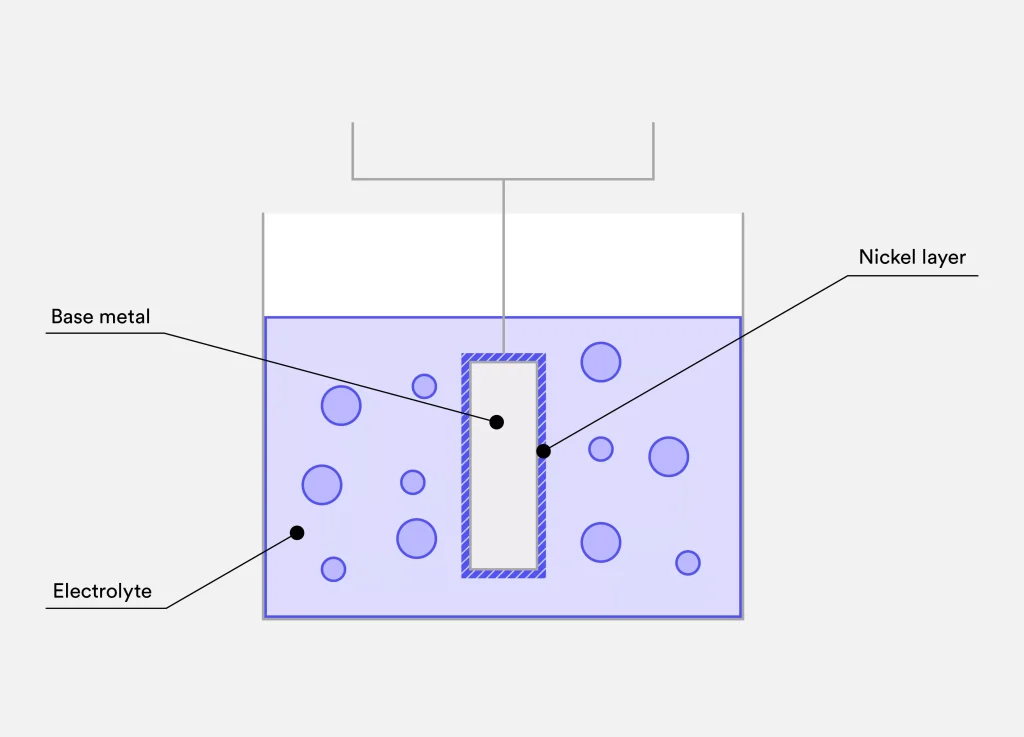Uniform and Precise Plating: Electroless nickel plating can deposit an even and precise thickness of nickel on surfaces of varying geometries, including internal surfaces of parts, without the need for complex equipment or electricity. This makes it an ideal method for plating complex and irregular shapes.
Corrosion Resistance: Electroless nickel plating provides excellent corrosion resistance, making it an ideal choice for parts used in harsh environments, such as the oil and gas, aerospace, and marine industries. It can also protect against chemical and environmental damage.
Wear Resistance: Electroless nickel plating can improve the wear resistance of parts, making them last longer and reducing the need for costly replacements. It can also provide a low coefficient of friction, making it useful for applications where parts are subject to sliding or rotating.
Hardness and Strength: Electroless nickel plating can increase the hardness and strength of parts, making them more durable and resistant to wear and tear.
Solderability and Bonding: Electroless nickel plating provides a uniform, conductive surface that is easy to solder or bond to, making it useful in electronics and other applications where good electrical conductivity is required.




